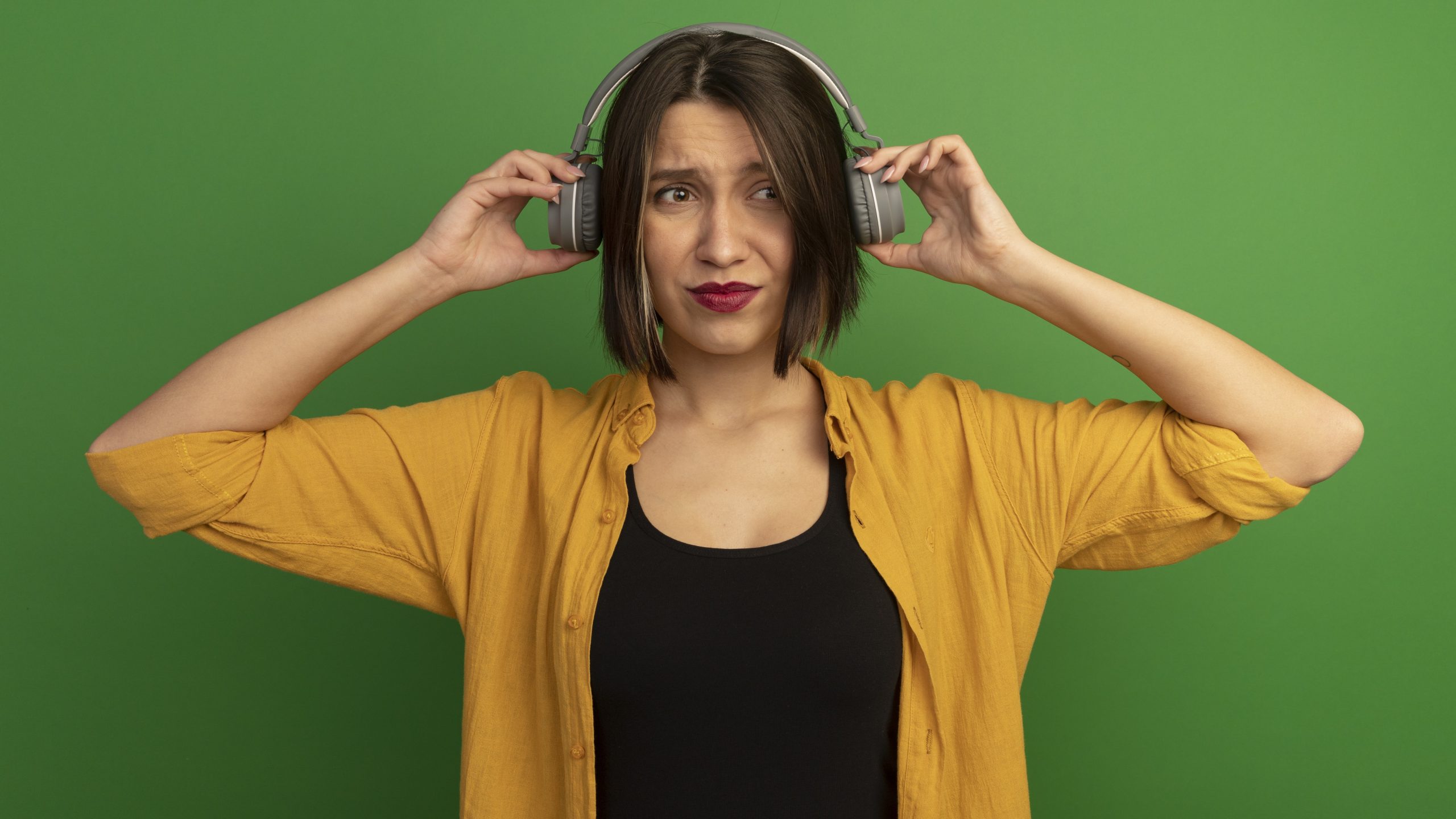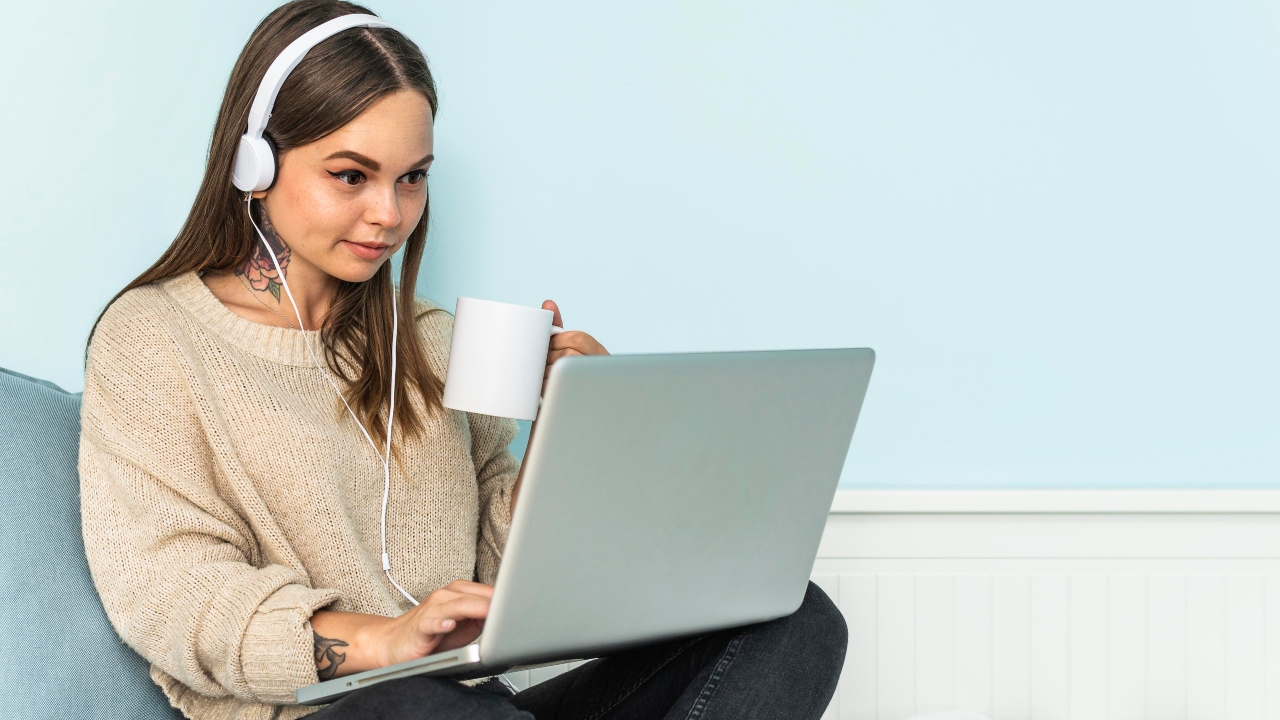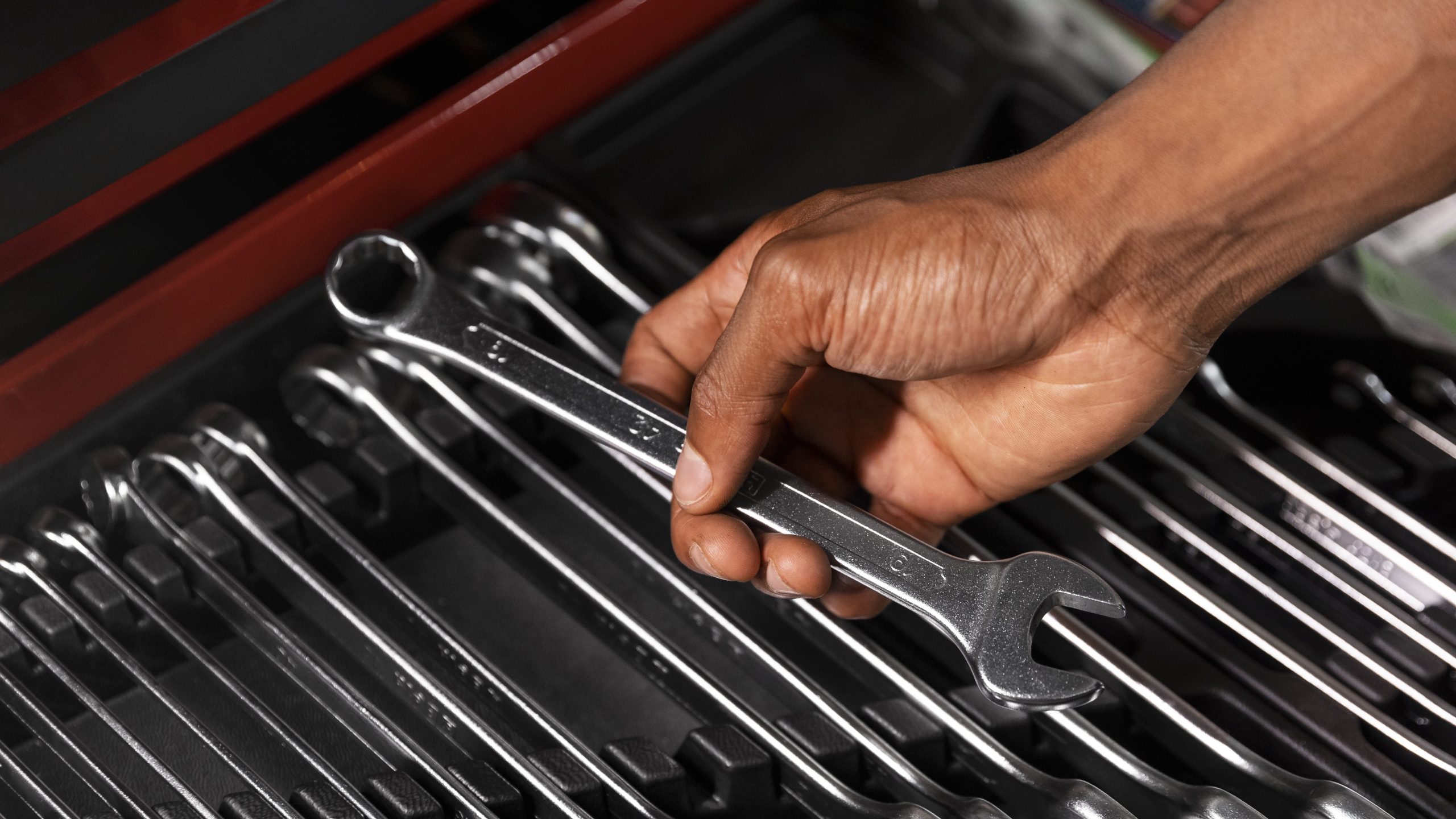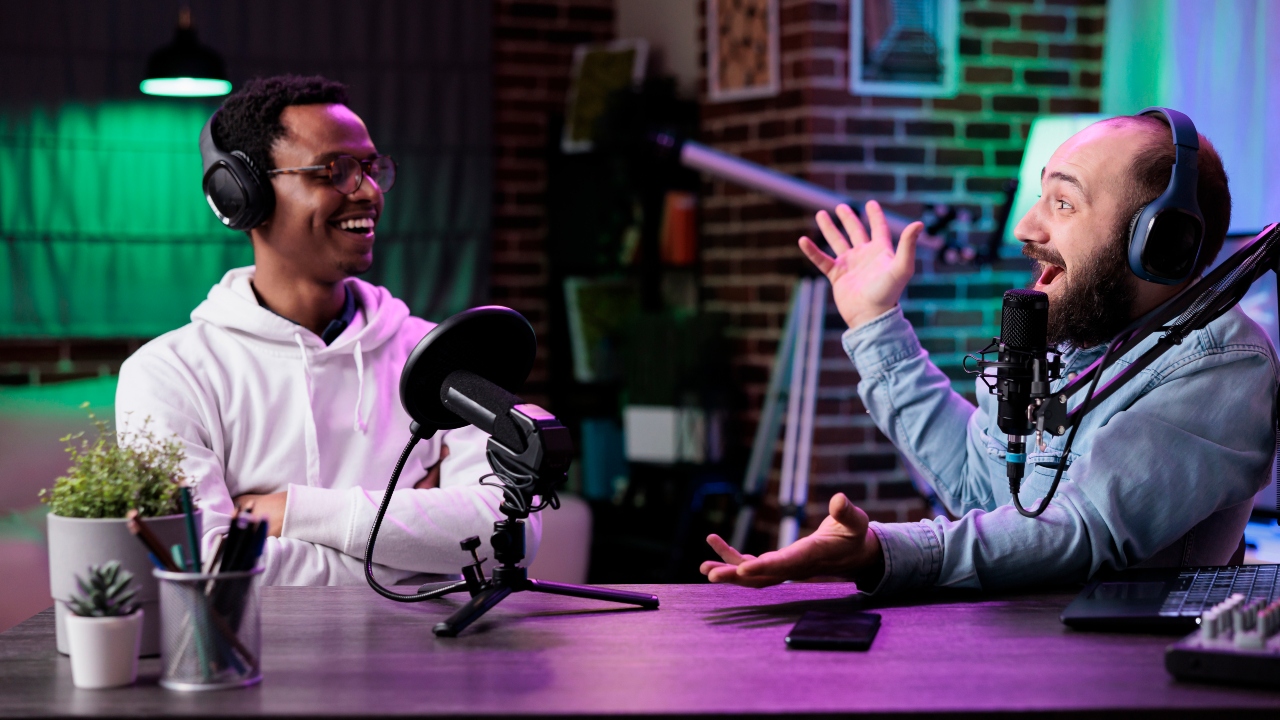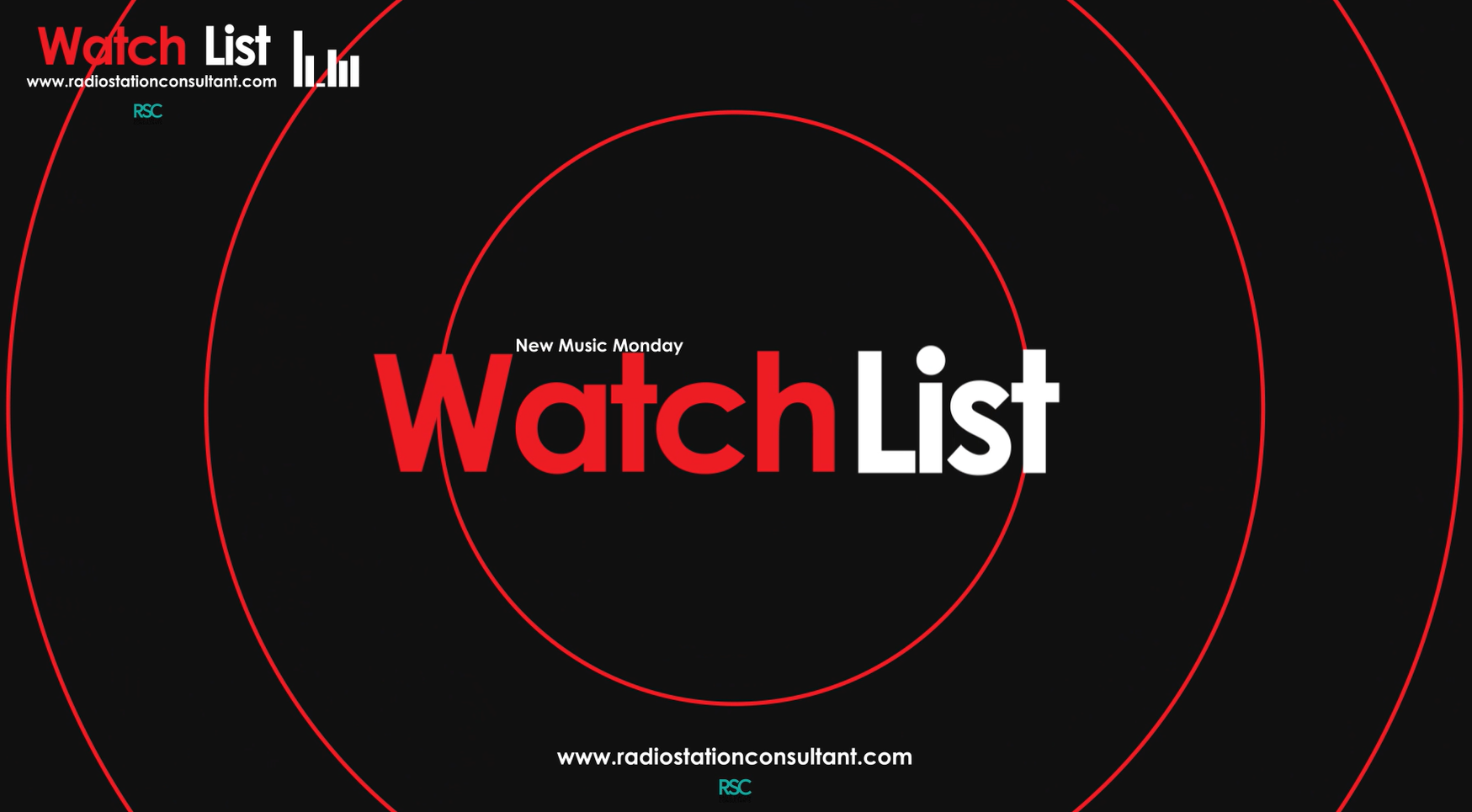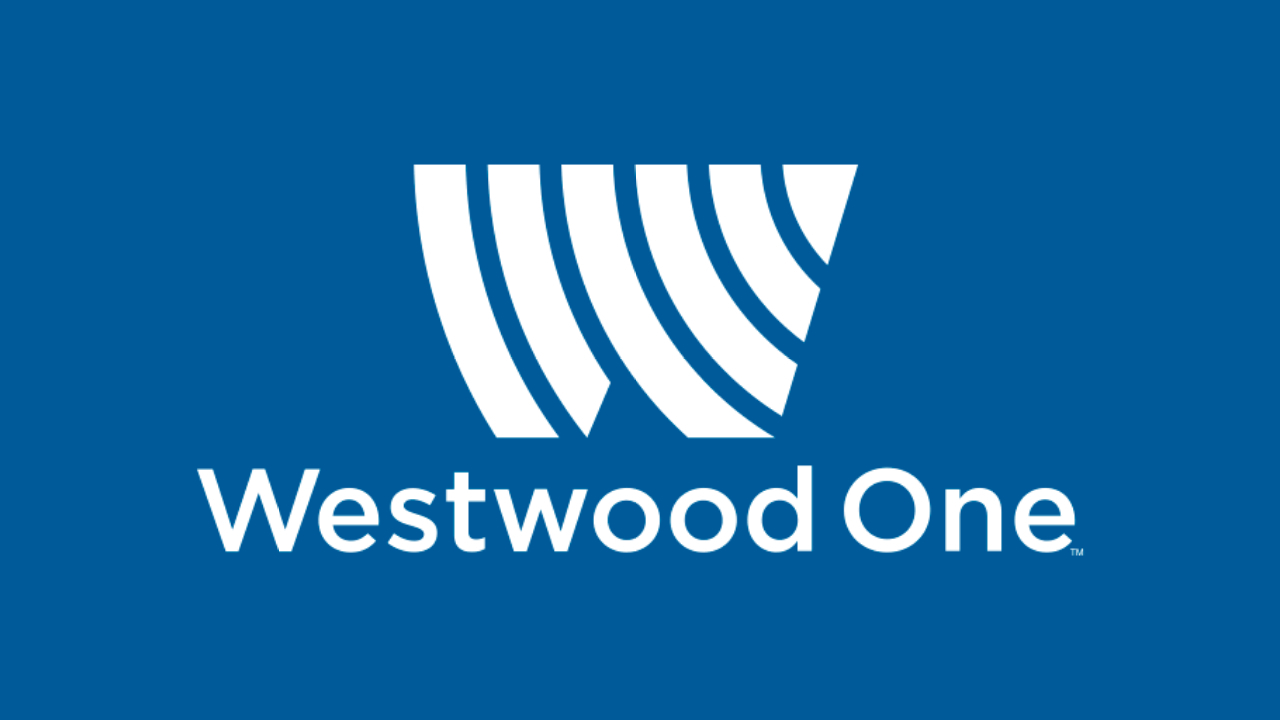As the Chief Editor of Radio Update, one of the things I do is put together our newsletters, which all contain on single poll question. A few weeks ago, we asked the radio decision makers on our list this question, ‘Are your on-air studios lit and staged well for video?’ Exactly half of respondents said yes. That’s encouraging because it certainly wasn’t the case a few years ago. Which gives me hope that radio is starting to understand that audio is no longer enough. To stay competitive, we have to add the element of video to everything we do in studio, on-site and throughout our day. Here’s a quick breakdown of how to do that.
In studio
The first step has to be making our studios video friendly so we can add video to everything we’re already doing audio-wise. This starts with not lighting our studios like caves, they have to be lit a little more like a TV studio but still striking a balance that’s comfortable for radio. In his Video Tips & Tricks series he does for Radio Update, my pal John Reynolds just broke down what not to do with lighting and set design in episode 21 and shared an affordable LED background lighting option in episode 22. There’s also a lot of great lighting, and overall, info on radio station’s creating better video content throughout the rest of the series. One of the points he makes is removing clutter from the studio. I would add requiring the on-air talent to keep it clean by starting that way and telling them to leave it like they found it. Adding cameras to all studios doesn’t require $10,000 cameras, I would use one of these from Osbot that range from $100 to $500 each. Stations who only ever have single operators and no guests can start with one, otherwise I’d go with three, one on the host, co-host and a wide shot that can be turned into a guest camera when needed. Doing this allows you to not only bank video on everything, it also sets talent up to livestream anytime they want without having to rush to set something up (making it much more likely to happen). Plus, it gives them the option to record video interviews with guests remotely anywhere in the world using a platform like RiversideFM.
On-site
Last year I wrote an article about Rethinking Remote Broadcasts By Adding Video. So, I won’t reiterate everything here. But, I will add that another great on-site opportunity adding this gear opens up is covering local sports. A thousand dollar multi-cam setup using MevoStarts gives any station the ability to livestream sports in 1080p (all you need for social) provided you add a device to make sure you have 5 to 10 Mbps upload speed. These also bank simultaneously to a microSD card for post-production to create highlight reels, sponsor recaps and to create tons of additional social content.
Throughout our day
Since most of us are now carrying 4k cameras in our pocket with our smartphones, this makes it possible for us to capture video throughout our day. Which sounds overwhelming, but once we get in the habit of it, it becomes top of mind and not so intrusive. Plus, it helps us bring to life any slice of life content we discuss on the air. Pat McAfee does a great job of this on his show. He was recently in Glasgow Scotland for a WWE event and as he talked about his day at the top of the show, he had video clips for everything he mentioned that were all shot on his phone. There’s a reason the younger generation says ‘Pics or it didn’t happen’. In addition to show content our phones are a wonderful tool for capturing video/audio testimonials, our own header images for website blogs and even impromptu podcast guests.
Adding video to everything is way overdue at this point. It works better on social, opens up additional sponsorship opportunities and it’s a great way for listeners to get to know our on-air personalities better. Plus, it’s significantly less expensive than it was just a few years ago.
What do you think? How are your stations utilizing video, what’s working and what isn’t? Comment below or email me at Andy@RadioStationConsultant.com.
Pic designed by StockKing for Freepik.com.


